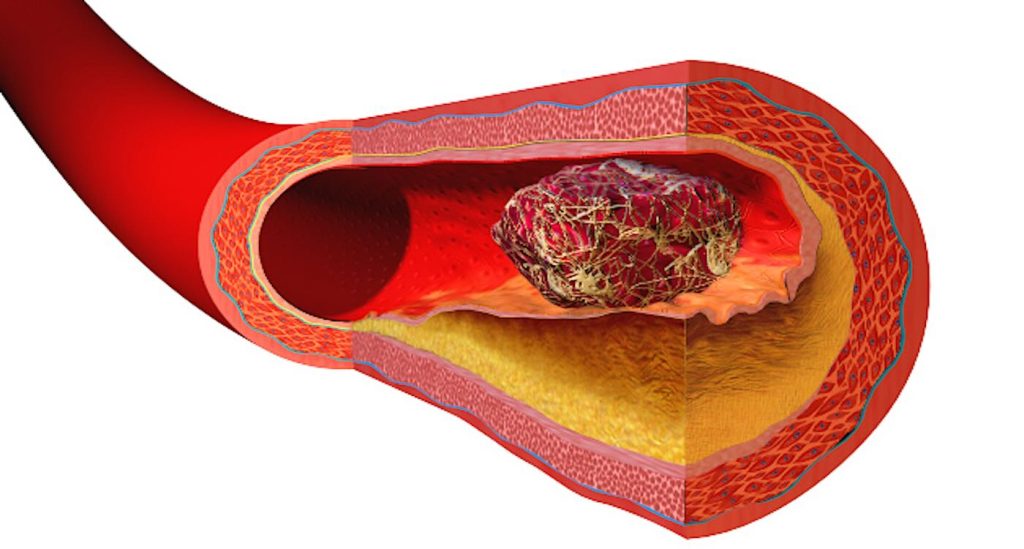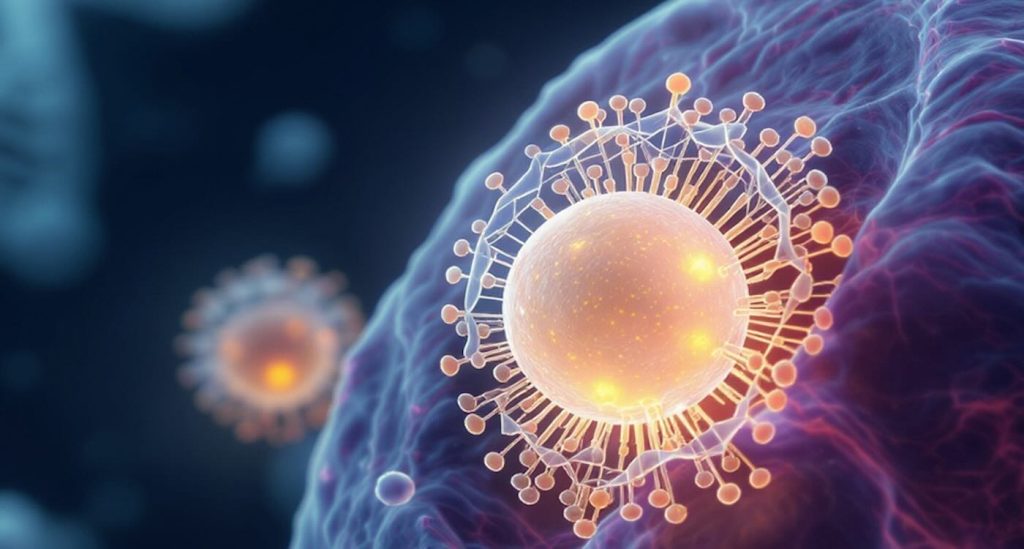Imagine a future where heart health monitoring becomes as simple as a routine blood test. This heartfelt story highlights groundbreaking research that lets scientists track blood clotting in real time, offering hope and new possibilities for patients battling coronary artery disease.
In a remarkable breakthrough, a team of researchers from Japan has unveiled a revolutionary way to observe how blood platelets function, potentially transforming treatments for heart disease. These clever scientists have harnessed a powerful combination of advanced microscopy and artificial intelligence, bringing us a step closer to personalized healthcare.
Why are platelets so important? These tiny cells act as our body’s first responders, rushing to seal up cuts and injuries. However, for those with heart disease, they can sometimes go into overdrive, forming clots that can threaten life and lead to serious issues like heart attacks or strokes. Dr. Kazutoshi Hirose, an assistant professor at the University of Tokyo Hospital and the study’s lead author, emphasizes their critical role in managing heart health, particularly in coronary artery disease.
Traditionally, doctors have relied on anti-platelet medications to help prevent these dangerous clots. Yet, evaluating how each patient responds has been a challenge. That’s where this innovative new method comes into play. The research team created an impressive system that allows them to monitor platelets while they move, almost like watching a bustling city through traffic cameras.
“Imagine a super high-speed camera snapping thousands of images of blood cells each second,” said Dr. Yuqi Zhou, a chemistry professor and co-author of the study. Their tool—a frequency-division multiplexed microscope—analyzes this footage, using AI to differentiate between single platelets, clumps, or even white blood cells. The comparisons are like observing a single car on a road versus a traffic jam, detailing complex interactions within the blood flow.
The team applied this groundbreaking technique to blood samples from over 200 patients, revealing significant findings. Patients diagnosed with acute coronary syndrome exhibited more platelet clumping compared to those with chronic symptoms. This opened doors for real-time tracking of clotting risks and provided a reassuring glimpse into the future of heart health monitoring.
Perhaps the most exciting part? The method allows for simple blood samples taken from the arm rather than more invasive procedures. “This makes the process safer and much more convenient for patients,” Dr. Hirose remarked, recognizing the anxiety often associated with invasive tests.
With the ability to analyze how each individual’s platelets react, healthcare can become tailored to every patient. Just as people might need different doses of pain relief based on their specific needs, this technology can highlight individualized responses to anti-platelet medications. For some, the risk lies in recurrent clots, while others may experience bleeding events—even while using the same medication.
This story illustrates how even the smallest components of our body, like blood cells, can offer insights into our health. And through the brilliance of science and technology, researchers are taking significant strides toward better health outcomes for patients everywhere.
Isn’t it exhilarating to think about the amazing potential of human health? Share this uplifting medical news with your circle!
If you would like to see similar good news stories click here & Share this to brighten someone’s day.






